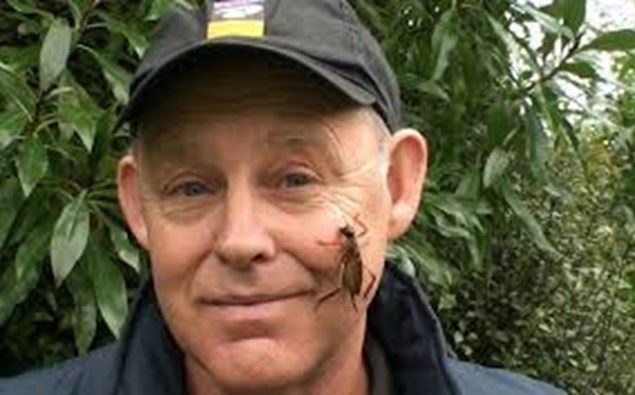Stories about Bugs
Reconnecting kids to the outdoor environment is one of the most important things we need to do in order to create nature-literate kids, young people, adults, decision-makers. How much time did you spend outside when you were growing up? These days the average is “not even one hour per day”. A maximum-security prisoner: gets a minimum 2 hours a day, according to international protocol! We need to go outside and “do education” outside.
Last week I spent a few hours with Jeremy Wells in the bush; basically to do outdoor bug education and story telling – the result of Countdown’s promotional activity “Super Insects”. When we look at what bugs do, out there in “the Nature”, we learn the concept of eco-system services: Pollination, seed dispersal, composting, removing dung, being food for wildlife (at the base of the food-chain!), nutrient transport, removing dead bodies, keeping the balance (predators/parasites), spreading fungal spores, weed control, Human state-of-mind/awe/art, food for humans, transport operators, inspirational critters for our new technology … and creating new homes for other invertebrates.
Here's a great example:
Puriri moths are the largest moths in NZ. They are great, and beautiful, food for ruru! As caterpillars they spend at least 3 years (usually 5-7 years) inside a sizeable tunnel in a living tree – a tunnel they chewed themselves. They literally scratch the cambium regrowth from a diamond-shaped patch and that, with some fungal spores, will be their sole food for all those years.
You won’t see that unless you can find their silken “curtain” behind which they operate. The caterpillars (and their chrysalises) are huge.
When the moths hatch, they live for just 24 hours. But they leave behind a substantial tunnel system inside that living tree, which becomes a perfect “second-hand” home for tree weta.
Some of the favourite host trees for puriri moths are, of course, puriri, but also a tree we know as “marble leaf” (Carpodetus serratus). And guess what the Māori name is for this tree: Putaputaweta… the man of many weta holes
LISTEN TO AUDIO ABOVE
Take your Radio, Podcasts and Music with you










